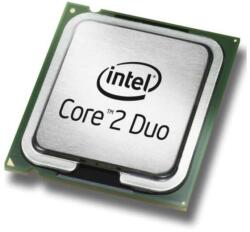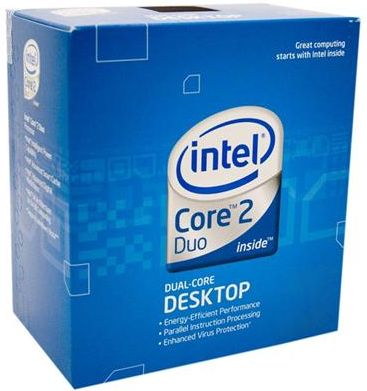



See for more information including details on which processors support Intel® HT Technology. See for more information and applicability of this technology.

Max Turbo Frequency refers to the maximum single-core processor frequency that can be achieved with Intel® Turbo Boost Technology. Please refer to the Launch Date for market availability. Actual TDP may be lower if not all I/Os for chipsets are used. System and Maximum TDP is based on worst case scenarios. Processor numbers differentiate features within each processor family, not across different processor families. Intel processor numbers are not a measure of performance. Functionality, performance, and other benefits of this feature may vary depending on system configuration. Please check with the system vendor to determine if your system delivers this feature, or reference the system specifications (motherboard, processor, chipset, power supply, HDD, graphics controller, memory, BIOS, drivers, virtual machine monitor-VMM, platform software, and/or operating system) for feature compatibility. ‡ This feature may not be available on all computing systems. Refer to Datasheet for formal definitions of product properties and features. Your company as an importer and/or exporter is responsible for determining the correct classification of your transaction. Any use made of Intel classifications are without recourse to Intel and shall not be construed as a representation or warranty regarding the proper ECCN or HTS. Intel classifications are for general, educational and planning purposes only and consist of Export Control Classification Numbers (ECCN) and Harmonized Tariff Schedule (HTS) numbers. Please contact system vendor for more information on specific products or systems. The information herein is provided "as-is" and Intel does not make any representations or warranties whatsoever regarding accuracy of the information, nor on the product features, availability, functionality, or compatibility of the products listed. Intel may make changes to manufacturing life cycle, specifications, and product descriptions at any time, without notice. Maybe some of our other members have input on that.All information provided is subject to change at any time, without notice. My only question mark from your bios is about the (G) MCH Frequency Latch. If test fails, lower the CPU Host frequency by 10 mhz. When temps reach the safe limit of 90c, then run a two hour Prime95 stress test to confirm stability. If you pass the stress test, add another 10 mhz to the CPU Host Frequency and retest.Ĥ. above, stress test with 20 minutes of Prime95 and monitor tempsģ. Increase CPU Host Frequency by a 10 mhz incrementsĢ. Max safe temp is probably about 90c.Īfter lowering your System Memory Frequency Multiplier (SPD), the process goes like this:ġ. But increasing the CPU vcore will make temps go up so as you increase the vcore you need to always check temps as you stress test. It may need to be increased if you speed up the CPU more. Right now the Auto has it set to 1.27580. As you speed up the CPU frequency you need to support that with more CPU core voltage. You will need to manually enter voltage amounts. The other bios setting you need to be concerned about at this time is the CPU core voltage. I have given instructions for proceeding with your overclock in the third paragraph of post #9 as far as bios settings go. What program are you measuring temps with? To keep the RAM frequency from getting too large and causing instability you need to lower it before proceeding with your overclock. RAM can be overclocked but not by nearly as much as the CPU. The reason is that as the CPU host frequency increases the frequency of the RAM will also increase. As someone else was saying in order to ovreclock much higher you will need to lower the "System Memory Multiplier" so that you make memory frequency head room for a higher value to be assigned to the "CPU Host Frequency". This is already the speed your RAM is rated for. The CPU-z memory tab gives that information. Your current RAM frequency at the overclock point you have arrived at is 1066 (532.8 x 2). That will give us a better idea of how well you cooling is handling your current overclock.
#INTEL CORE 2 DUO E7500 2.93GHZ INSTALL#
As someone else has said, please download and install Prime 95 and check temps while you run the "just stress testing" default (blend) test forv 20 minutes. Your temps are okay while running your game but that is not a true stess test. We need to see what the recommended timings are.Īlso, are you using a stock intel cooler to cool the CPU or an aftermarket cooler? If the latter, what is the make and model. What is the exact make and model of the kingston RAM you are using? There should be a label on the side of the RAM sticks giving that information.


 0 kommentar(er)
0 kommentar(er)
